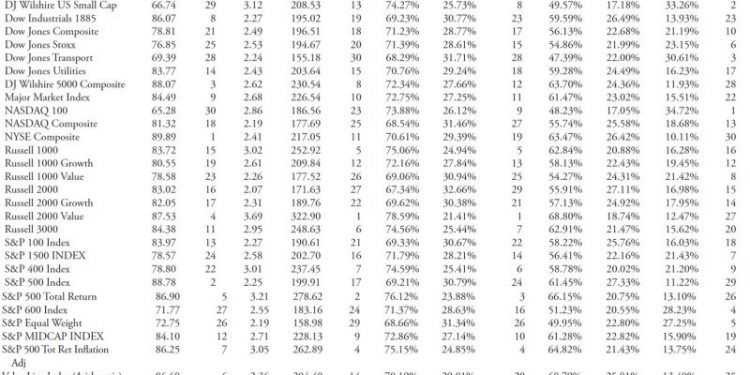Trend Analysis Continued:
In the previous parts of this series on market research and analysis, we delved into the importance of trend analysis in understanding market dynamics and making informed business decisions. Continuing our exploration, let’s investigate more advanced techniques and tools used in trend analysis.
One effective method in trend analysis is the use of moving averages. Moving averages smooth out fluctuations in data, making it easier to identify underlying trends. By calculating the average value of a set of data points over a specific period, moving averages can help in forecasting future trends and patterns. Traders and analysts often use moving averages to generate buy and sell signals, particularly in technical analysis of financial markets.
Another powerful tool in trend analysis is regression analysis. Regression models examine the relationship between variables to identify patterns and predict future outcomes. By fitting a mathematical equation to historical data points, regression analysis can help in understanding the direction and strength of trends. This method is widely used in fields such as economics, finance, and marketing to forecast demand, sales, and other key variables.
Furthermore, trend analysis can benefit from the use of data visualization techniques. Visualization tools like line charts, bar graphs, and heat maps can help in presenting trends and patterns in a clear and digestible format. Visual representations of data enable decision-makers to quickly grasp insights and make informed choices based on trends identified.
In addition to statistical methods, sentiment analysis is gaining traction in trend analysis. Sentiment analysis involves mining text data from sources like social media, customer reviews, and news articles to gauge public sentiment towards a specific topic or product. By analyzing the tone and content of textual data, businesses can uncover trends in consumer opinions and preferences, helping them tailor their offerings to meet market demands.
Finally, incorporating machine learning algorithms into trend analysis can enhance predictive capabilities. Machine learning models can analyze vast amounts of data and identify intricate patterns that may not be evident through traditional methods. By leveraging machine learning, businesses can gain a competitive edge by accurately forecasting trends, customer behavior, and market movements.
In conclusion, trend analysis is a critical component of market research and analysis, enabling businesses to anticipate market shifts, make strategic decisions, and stay ahead of the competition. By employing advanced tools and techniques such as moving averages, regression analysis, data visualization, sentiment analysis, and machine learning, organizations can uncover valuable insights and drive success in today’s dynamic business landscape. Stay tuned for the next installment of our series as we continue to explore the exciting world of market research and analysis.

















